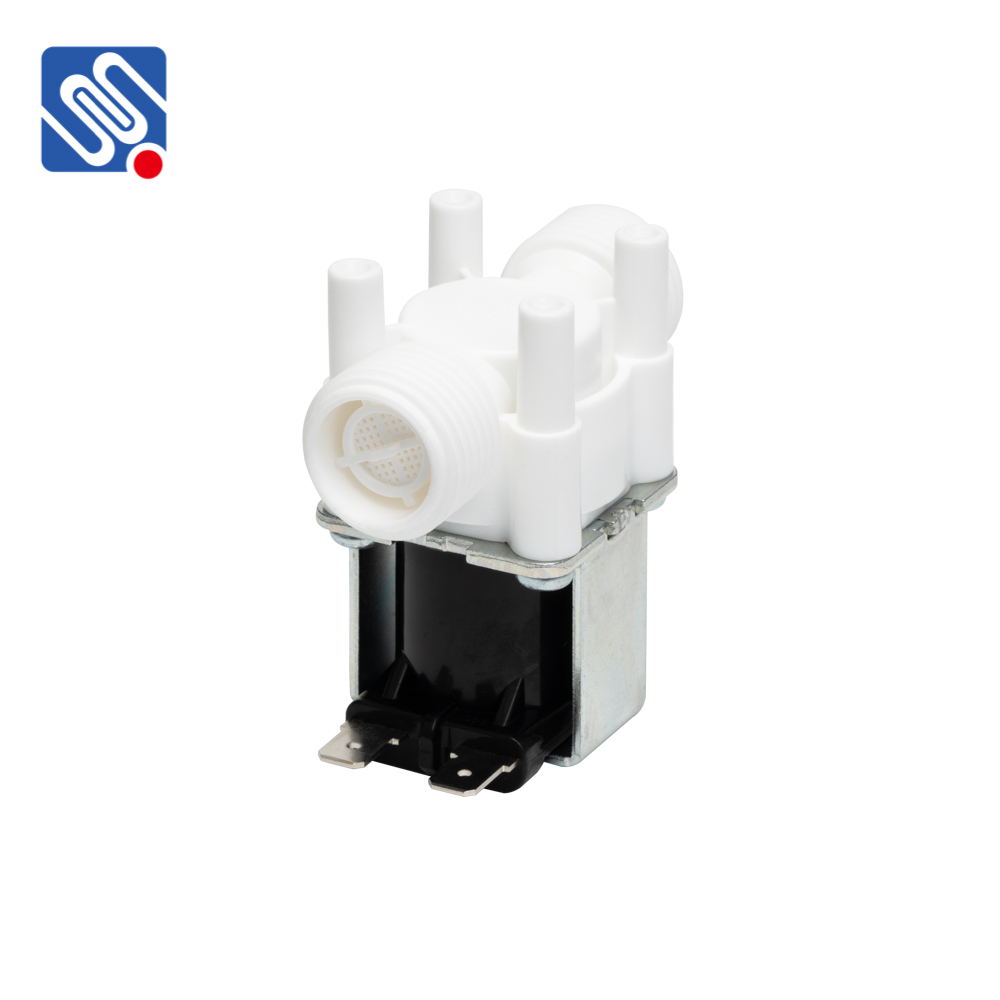In modern construction, the need for efficient, reliable, and automated water supply systems is becoming increasingly important. One key component in achieving these objectives is the Building Water Supply Solenoid Valve. This device plays a crucial role in controlling the flow of water within buildings, providing not only convenience but also significant energy and water conservation. This article will explore the importance, functionality, and benefits of the Building Water Supply Solenoid Valve.

What is a Building Water Supply Solenoid Valve? A solenoid valve is an electromechanical device that controls the flow of water through a pipeline. When an electrical current passes through the solenoid coil, it generates a magnetic field that moves a plunger or armature, either opening or closing the valve. This process allows for precise control of water flow, making solenoid valves ideal for automation in water supply systems within buildings. In the context of building water supply, solenoid valves are typically used to regulate the flow of water in areas such as bathrooms, kitchens, irrigation systems, fire protection systems, and more. By incorporating solenoid valves into the water supply system, building owners can ensure better control, improved efficiency, and enhanced safety.